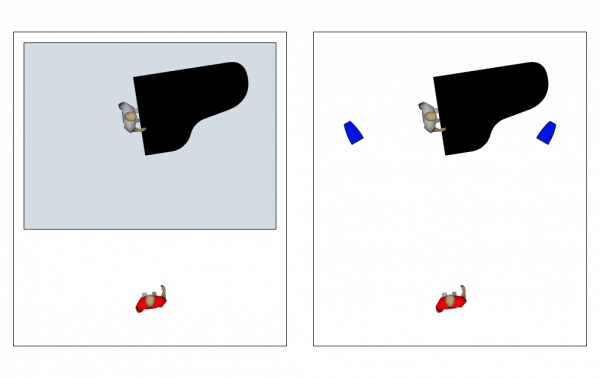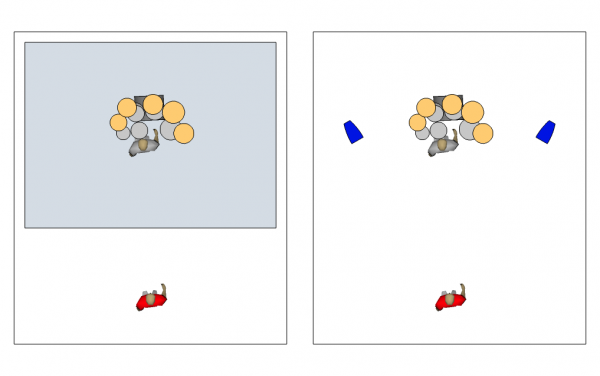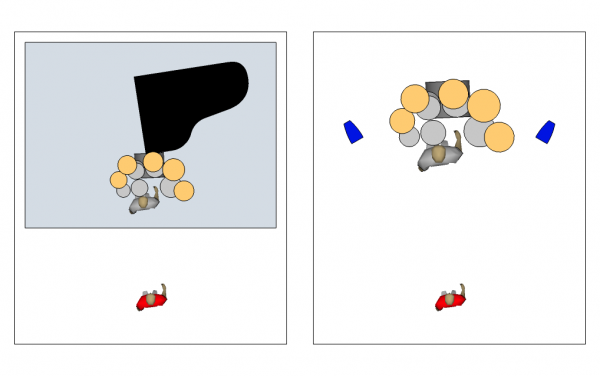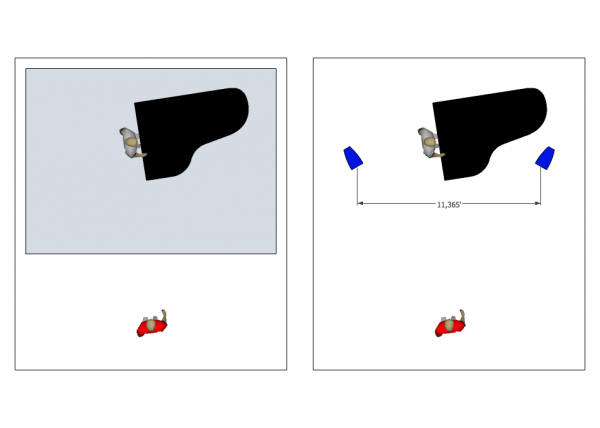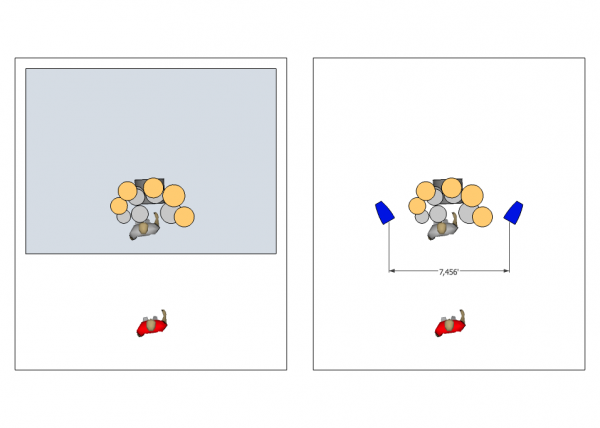Mario, I only had the chance to listen to about 30 seconds of both titles, but I already know that this is a project I'll be watching very closely. More when I listen more on my proper system.
Meanwhile, I'd love to hear the experimental samples too if you wouldn't mind. I'd also love to hear about your time studying with Earl Wild, but maybe that's for a different thread. Thanks again!
Hi Simon, yes, that was a long time ago, but it really did have a lot to do with everything that has happened since.







